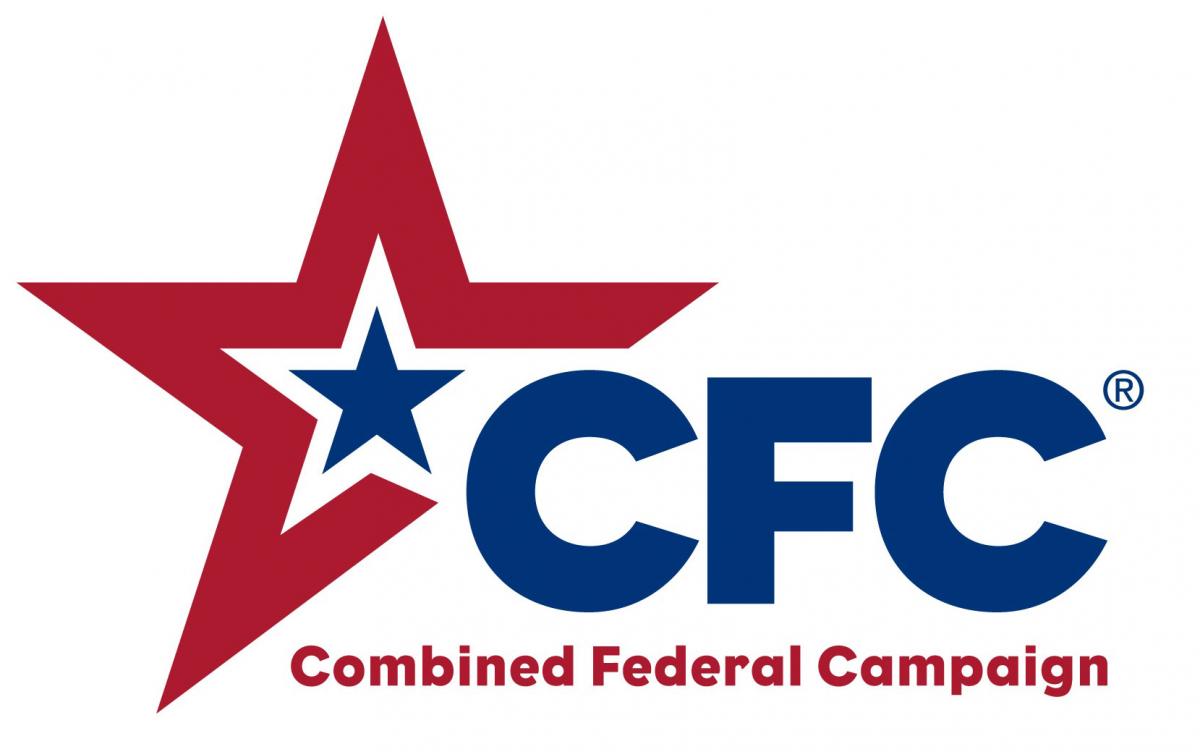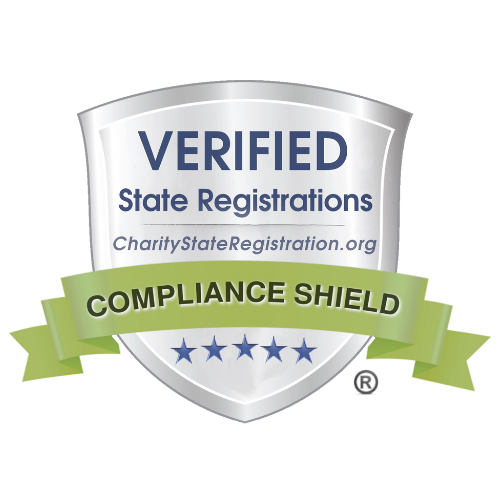Recent Updates on the Administration’s Assault on Asylum
Last Updated
Topics
In a continued assault on U.S. asylum protections, the Trump administration has recently issued a number of new regulations and policies aimed at barring or restricting asylum eligibility for most asylum seekers. This article summarizes and provides updates on eight such efforts from the Trump administration: (1) the July 2019 third country transit bar; (2) the November 2018 asylum ban; (3) the attorney general’s July 2019 decision purporting to restrict asylum claims based on family membership; (4) the U.S. Citizenship and Immigration Services (USCIS) “Asylum and Internal Relocation Guidance” from July 2019; (5) a May 2019 policy limiting protections for unaccompanied child asylum seekers; (6) April 2019 revisions to the credible fear lesson plan; (7) the use of border patrol officers to conduct asylum screening interviews announced in April 2019; and (8) the “Remain in Mexico” policy announced in January 2019. The article also includes information on the status of litigation surrounding these new policies.1
“Asylum Ban 2.0” – Third Country Transit Bar
On July 16, 2019, the Department of Justice (DOJ) and the Department of Homeland Security (DHS) published an interim final rule, “Asylum Eligibility and Procedural Modifications” or the “Third Country Transit Bar.” The rule renders individuals ineligible for asylum if they arrived in the United States through the southern border on or after July 16, 2019 after having passed through another country en route to the United States, unless they applied for and were denied asylum in at least one other country through which they traveled. The rule contains exceptions for victims of severe forms of trafficking and noncitizens who came to the United States through countries that are not parties to international treaties regarding asylum and refugees. Those who did not apply for asylum on the way to the U.S.-Mexico border might still be eligible for the more limited protection of withholding of removal under the Immigration and Nationality Act (INA) section 241(b)(3) or protection under the Convention Against Torture. The rule applies to all asylum seekers regardless of country of citizenship, although noncitizens from Mexico will not have passed through any third country en route to the United States and thus will not be subjected to the ban. For more information on this rule, see CLINIC’s FAQs.
The rule swiftly drew two federal lawsuits, one in San Francisco (East Bay Sanctuary Covenant v. Barr, No. 19-04073) and one in Washington, D.C. (CAIR Coalition v. Trump, No. 19-2117), from immigrant advocacy groups. In the case brought in the U.S. District Court for the District of Columbia, the court declined to immediately halt the policy, denying a motion for a temporary restraining order (TRO). In the East Bay Sanctuary Covenant case, the U.S. District Court for the Northern District of California issued a preliminary injunction on July 24, 2019 blocking the new asylum regulations from going into effect. The ruling emphasized that the Immigration and Nationality Act protects refugees from being returned to their country of feared persecution and that Congress had provided specific exceptions to this general rule, which include determining if any asylum seeker has been firmly resettled in another country, or if the asylum seeker can be removed to a “safe third country” that has signed an agreement with the United States. Concluding that the administration’s new asylum rule did not take into account these exceptions, the court enjoined it. In response, the government filed a motion to stay the injunction pending appeal to the U.S. Court of Appeals for the Ninth Circuit. On August 16, 2019, the Ninth Circuit partially granted the stay motion allowing Asylum Ban 2.0 to take effect outside the Ninth Circuit. The court reasoned that the nationwide scope of the injunction was not justified by the record because it was not properly tailored to the alleged harm. The Ninth Circuit in effect remanded the preliminary injunction back to the district court to further develop the record in support of extending the injunction beyond the Ninth Circuit, as the appeal proceeds.
On September 9, 2019, the district court granted plaintiffs’ motion to restore the nationwide scope of the injunction. However, the next day, on September 10, 2019, the Ninth Circuit stayed that decision thus permitting Asylum Ban 2.0 to continue to be applied outside the Ninth Circuit. On September 11, 2019, in a 7-2 vote, the U.S. Supreme Court granted the government’s application to stay the district court’s preliminary injunction and its September 9 order restoring the nationwide scope of the injunction. Thus, the Supreme Court allowed Asylum Ban 2.0 to once again take effect nationwide pending appeal on the merits of the case in the Ninth Circuit.
“Asylum Ban 1.0” – Bar to Those Who Enter the United States Without Inspection
The administration’s attempt in July 2019 to ban those entering at the southern border from accessing asylum protections was similar to an attempt to do the same thing last fall. On November 8, 2018, DHS and DOJ issued an interim final rule titled “Aliens Subject to a Bar on Entry under Certain Presidential Proclamations; Procedures for Protection Claims.” The next day, the president issued a proclamation, “Addressing Mass Migration Through the Southern Border of the United States.” Both the interim final rule and the proclamation sought to limit access to asylum for persons who enter the United States between ports of entry (without inspection) at the southern border.
On December 19, 2018, the U.S. District Court for the Northern District of California enjoined the government from implementing the rule, which advocates have dubbed “Asylum Ban 1.0,” after immigrant advocacy groups brought a lawsuit challenging the rule in the case East Bay Sanctuary Covenant v. Trump, No. 18-06810. In a second case — O.A. v. Trump, No. 18-02718 — brought in the U.S. District Court for the District of Columbia by six asylum seekers who were barred from applying for asylum under the rule, the court vacated the interim final rule, concluding that it was unlawful.
Attorney General Decision Purporting to Restrict Family-Based Asylum Claims
On July 29, 2019, U.S. Attorney General William Barr issued a precedential decision, Matter of L-E-A-, 27 I&N Dec. 581 (A.G. 2019), a case in which CLINIC, along with co-counsel, represents Mr. L-E-A-. The narrow holding in the attorney general’s decision is that it “overrule[s] the portion of Matter of L-E-A- discussing whether the proposed particular social group is cognizable.” The partially overruled case is a 2017 Board of Immigration Appeals (BIA) decision, Matter of L-E-A-, 27 I&N Dec. 40 (BIA 2017), which had affirmed the longstanding precedent that family forms the basis of a cognizable particular social group (PSG).
The flawed reasoning in the attorney general’s decision disregards decades of BIA and federal court precedent recognizing family as a quintessential PSG. Similar to Matter of A-B-, 27 I&N Dec. 316 (A.G. 2018) — a 2018 attorney general decision purporting to severely limit the availability of asylum for domestic violence survivors — the attorney general in L-E-A- determined that the BIA had relied on “concessions” by DHS, in this case that “‘the immediate family unit of the respondent’s father qualifies as a cognizable particular social group.’” The attorney general thus concluded that the BIA had not performed a fact-based analysis as to whether Mr. L-E-A-’s proposed PSG met the three-prong test laid out in previous BIA cases. While broad dicta in the attorney general’s L-E-A- opinion implies that all asylum claims based on family PSGs are not cognizable, the opinion states that adjudicators must still consider all PSGs on a case-by-case basis. Family-based claims can still prevail, but practitioners will need to establish each PSG according to the three-part framework. Given the strong, long standing circuit law recognizing that family can form the basis of a PSG, this decision may not be given deference in the federal appellate courts. For more information on representing clients with claims based on family PSGs, see CLINIC’s Practice Pointer on Matter of L-E-A-.
New Guidance to Asylum Officers Regarding Internal Relocation During Credible Fear Screenings
On July 26, 2019, USCIS acting director Ken Cuccinelli posted online an “Asylum and Internal Relocation Guidance” message he previously sent to asylum officers in response to what he calls “a crisis at the southern border.” The message directs asylum officers conducting credible fear screenings of asylum seekers at the southern border to consider whether internal relocation is possible in cases involving private violence. The message urges asylum officers to elicit testimony to determine if the asylum seeker attempted to internally relocate to safe areas before traveling to the United States.
The new “guidance” does not comport with the two-part test for internal relocation set out in the asylum regulations. The regulations require that the asylum officer first determine whether “[t]he applicant could avoid future persecution by relocating to another part of the applicant's country” and if so, whether “under all the circumstances, it would be reasonable to expect the applicant to do so.” 8 CFR § 208.13(b)(1)(i)(B) & (b)(2)(ii).
Factors in the reasonableness determination can include “any ongoing civil strife within the country; administrative, economic, or judicial infrastructure; geographical limitations; and social and cultural constraints, such as age, gender, health, and social and familial ties. Those factors may, or may not, be relevant, depending on all the circumstances of the case, and are not necessarily determinative of whether it would be reasonable for the applicant to relocate.” 8 CFR § 208.13(b)(3). In sum, the regulations require asylum officers to consider whether internal relocation is safe and reasonable. The standard emphasized in the acting USCIS director’s “guidance” — whether or not internal relocation is “possible” — conflicts with the regulations and is not the correct standard.
USCIS Policy Limits Asylum Protections for Unaccompanied Children
On May 31, 2019, USCIS issued a memo to asylum officers that significantly limits vital protections for certain asylum-seeking children under the Trafficking Victims Protection Reauthorization Act (TVPRA). The memo, titled “Updated Procedures for Asylum Applications Filed by Unaccompanied Alien Children,” reverses a 2013 policy, often referred to as the “Kim memo,” which specified that USCIS took jurisdiction over asylum applications filed by applicants who had previously been determined by Immigration and Customs Enforcement (ICE) or Customs and Border Protection (CBP) to be “unaccompanied alien children.” The new policy was adopted without advance notice or opportunity for public comment and requires asylum officers to re-determine whether an asylum applicant who had already been found to be an “unaccompanied alien child” continues to meet the statutory definition of that term on the date of filing for asylum. Under the policy, asylum applicants who submitted their filing after they had turned 18, or after reunifying with a parent or legal guardian, face the prospect of having USCIS refuse to decide their asylum applications, even those filed long ago. The new policy forces affected child asylum applicants to raise their claims only in an adversarial immigration court hearing. Affected children would also have to file their application within one year of arriving even though the TVPRA exempts unaccompanied children from the one-year deadline.
CLINIC, along with Kids in Need of Defense (KIND), Public Counsel, and Goodwin Procter LLP, brought a lawsuit — J.O.P. v. DHS, No. 19-01944 — in the U.S. District Court for the District of Maryland on behalf of four young asylum seekers challenging the new policy because it violates the TVPRA, the Administrative Procedure Act, and the Fifth Amendment to the Constitution. On August 2, 2019, the court granted a TRO blocking USCIS from implementing the order. As of the date of this article’s publication, the current TRO remains in effect until October 15, 2019. The TRO also directs the government to retract “any adverse decision already rendered in an individual case” under the 2019 policy and to reinstate consideration of such cases. More information and updates on the lawsuit can be found here.
New Credible Fear Lesson Plan Tightening Standards
On April 30, 2019, the USCIS Asylum Division issued a new set of instructions to asylum officers regarding how to determine whether an asylum seeker has a credible fear of persecution or torture. The 2019 Lesson Plan was an update to the lesson plan from 2014 and its 2017 updates. The 2019 Lesson Plan makes it more difficult for asylum seekers to pass the initial credible fear screening by imposing harsher standards. For example, the lesson plan implies that a well-founded fear threshold may actually be higher than 10 percent, even though the Supreme Court has held that a 1 in 10 chance of future persecution is sufficient.2 For more details on the changes, see the Updated Credible Fear Lesson Plans Comparison Chart developed by AILA and CLINIC.
In June 2019, immigrant advocacy groups filed a lawsuit in the U.S. District Court for the District of Columbia, Kiakombia v. McAleenan, No. 19-01872, which challenges the changes to credible fear interviews (CFIs) outlined in the 2019 Lesson Plan. The complaint alleges that the lesson plan instructs officers to conduct CFIs in a manner that is contrary to the governing statutes and regulations and unlawfully narrows access to the immigration and federal court systems. For updates, see the International Refugee Assistance Project’s (IRAP) website.
Use of CPB Officers to Conduct Credible Fear Interviews
Following an April 29, 2019 presidential memorandum directing DHS to change how the agency administers credible fear interviews (CFIs), it has been widely reported that DHS is assigning some CBP officers to conduct CFI interviews. Pursuant to INA § 235(b)(l)(A), only asylum officers can conduct a credible fear interview and pursuant to 8 CFR § 208.1(b), asylum officers must receive “special training in international human rights law, non-adversarial interview techniques, and other relevant national and international refugee laws and principles.” Accordingly, CFIs have always been conducted by USCIS asylum officers who specialize in asylum adjudication, not officers from CBP, which is an immigration law enforcement agency. Advocates fear that CBP agents will be more likely to deny CFIs and return asylum seekers to dangerous conditions in countries from which they fled.
“Migrant Protection Protocols” Policy – Requiring Asylum Seekers to Remain in Mexico
On January 24, 2019, the administration issued a policy it calls the “Migrant Protection Protocols” (MPP) — also referred to as the “Remain in Mexico” policy — which applies to people entering the United States at official ports of entry without proper documentation, or those who are apprehended between ports of entry. The MPP policy states that asylum seekers entering at the southern border may be returned to Mexico during the pendency of their asylum proceedings before a U.S.-based immigration judge. MPP does not apply to unaccompanied children, those placed in expedited removal, and possibly vulnerable populations on a case-by-case basis. There is no specific guidance on how DHS will allow for members of vulnerable populations to request exemption from MPP. Under MPP, border patrol agents have no affirmative obligation to ask whether asylum seekers have a fear of being returned to Mexico. Those asylum seekers who claim a fear of returning to their home country will not be given a credible fear interview with an asylum officer regarding their fear of return to their home country. Instead, they will have an interview with an asylum officer in which they must demonstrate that it is more likely than not that they will face persecution or torture in Mexico in order to be allowed entry into the United States for the duration of their immigration court proceedings. The MPP policy is currently in place in numerous Mexican border cities, including Ciudad Juarez, Tijuana, Mexicali, San Luis Rio Colorado, Matamoros, and Nuevo Laredo.3
Immigrant advocacy groups challenged MPP in the U.S. District Court for the Northern District of California in Innovation Law Lab v. McAleenan, No. 19-00807. The court originally halted MPP and the government appealed to the U.S. Court of Appeals for the Ninth Circuit. The government also moved for a stay of the order during the pendency of the appeal which the Ninth Circuit unfortunately granted. Thus, MPP remains in effect until the Ninth Circuit reviews the merits of the case.
CLINIC is spearheading a new project, Estamos Unidos, to aid asylum seekers stranded at the southern border in Ciudad Juarez, Mexico. Please check here to learn more about the project and how to get involved.
1. Please see this timeline, created by the National Immigrant Justice Center, which details the administration’s attempt to curtail asylum since the inauguration in January 2017.
2. INS v. Cardoza-Fonseca, 480 U.S. 421, 431 (1987).
3. Lizabeth Diaz, Two More Border Cities Added to U.S.-Mexico Asylum Program, Reuters, June 23, 2019, https://www.reuters.com/article/us-usa-immigration-mexico/two-more-border-cities-added-to-us-mexico-asylum-program-sources-idUSKCN1TO0Y5.





